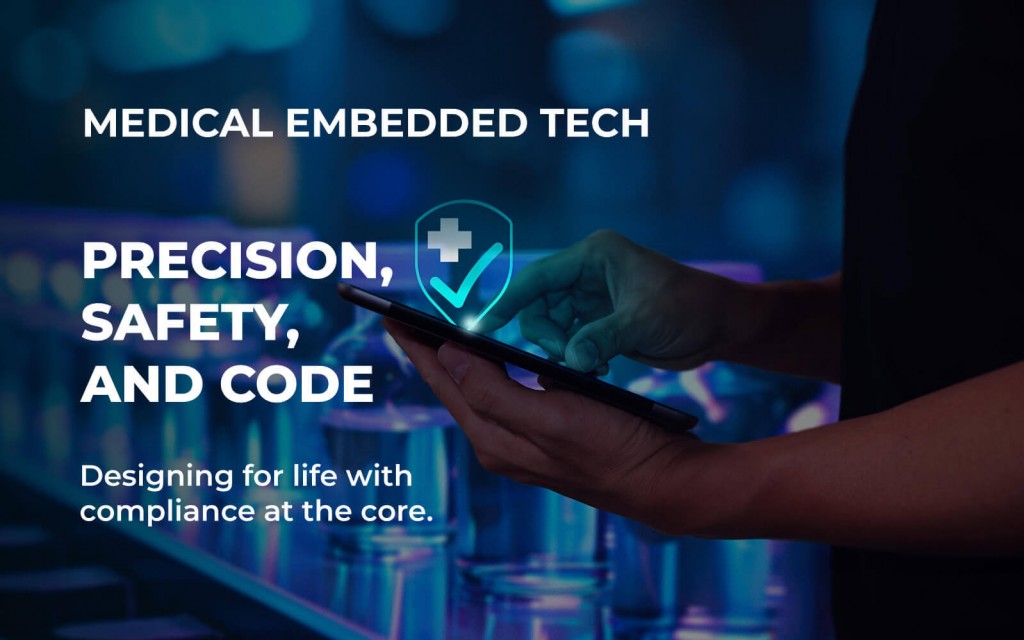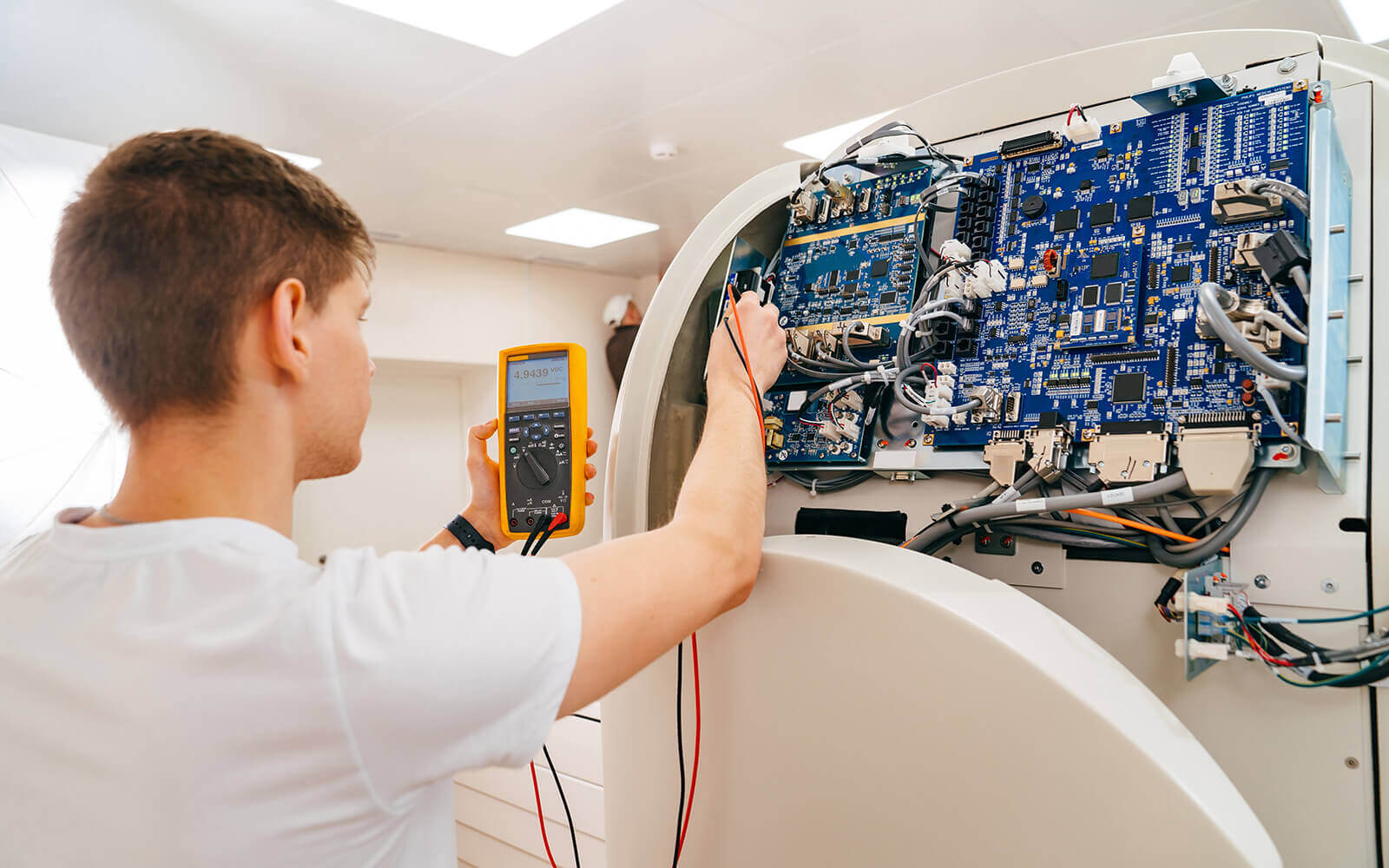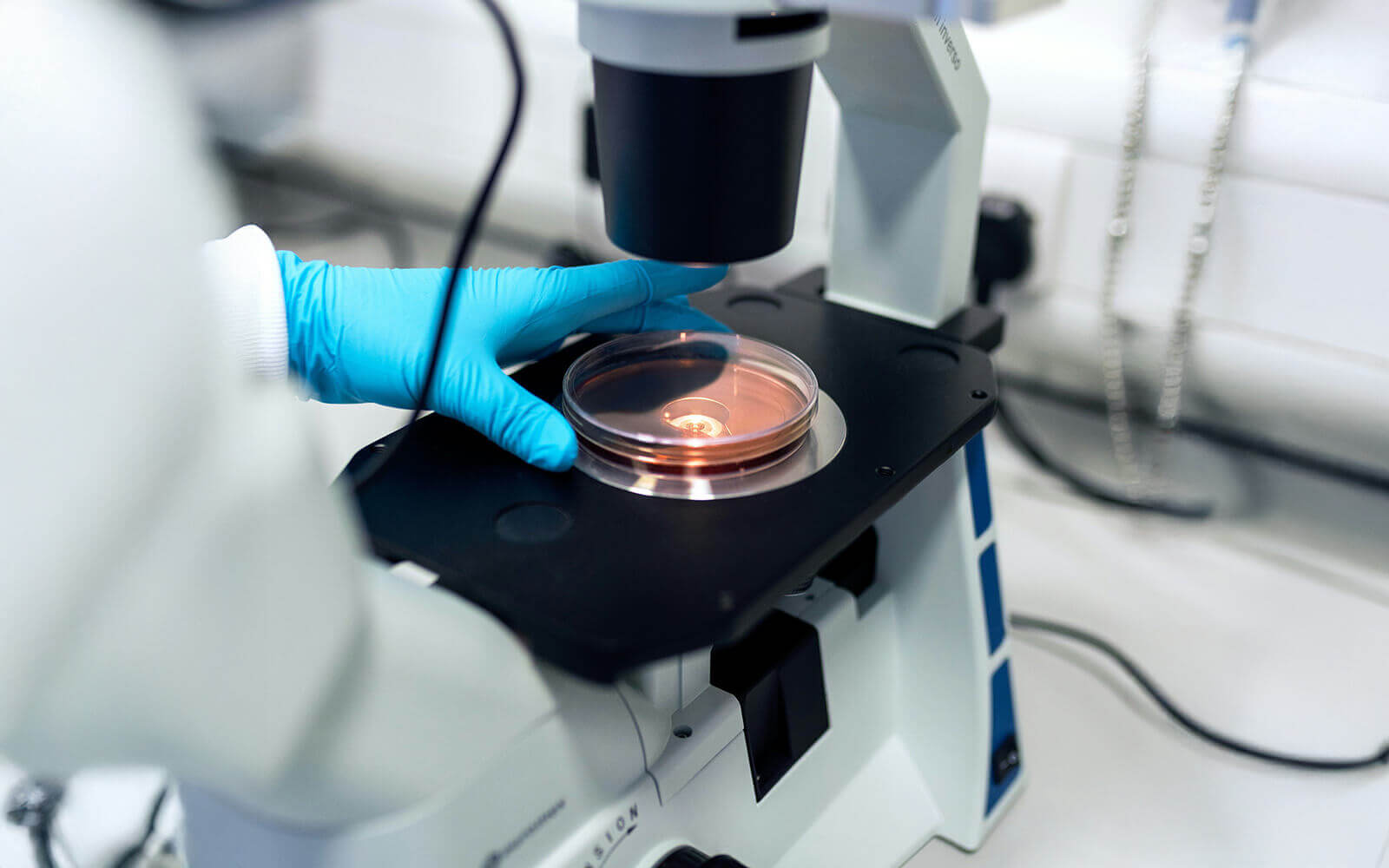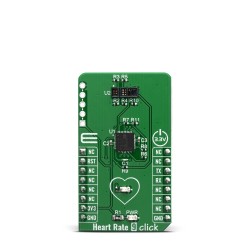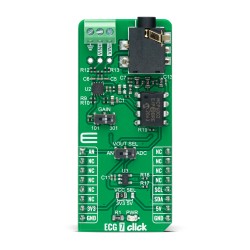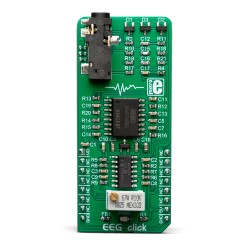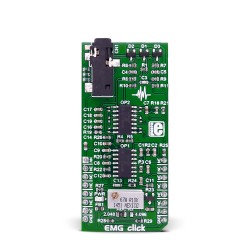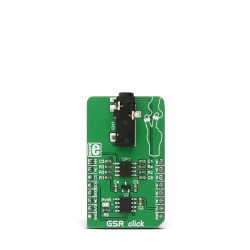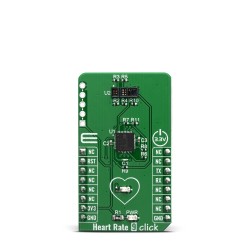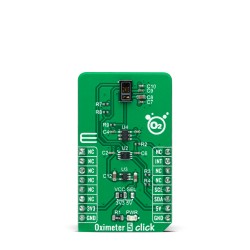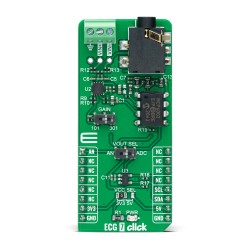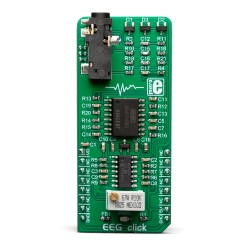Embedded systems in medical devices are becoming increasingly complex. This complexity necessitates a thorough understanding of risk management.
ISO 14971 training provides this understanding. It offers a systematic framework for identifying, evaluating, and controlling risks throughout the product lifecycle.
Compliance with ISO 14971 can help manufacturers avoid costly recalls and legal issues. It also demonstrates a commitment to patient safety and product quality.
This article will delve into the importance of ISO 14971 training and certification. It will also explore the critical aspects of medical device risk management training, focusing on compliance, design, and safety.
Introduction to Embedded Systems in Medical Devices
Embedded systems are at the heart of modern medical devices. They control everything from pacemakers to MRI machines. These systems ensure that devices operate correctly and efficiently. As technology advances, embedded systems become more sophisticated. This evolution requires careful management to ensure patient safety and device reliability.
Compliance with regulatory standards like ISO 14971 is crucial. It helps manage the inherent risks associated with these complex systems. Thorough risk management training enables teams to identify potential hazards early. It fosters a proactive approach to safety, reducing the likelihood of device failures.
The dynamic nature of medical device development presents unique challenges. As devices evolve, so do the risks associated with their use. Continuous improvement in risk management practices is necessary. This makes training an essential component of any medical device company’s strategy. Embracing these measures helps protect patients and enhances the overall quality of healthcare solutions.
Overview of Embedded Systems
Embedded systems are integrated computing solutions within medical devices. These systems typically include a processor, software, and sensors. Embedded systems perform specific functions tailored to the device's purpose. Unlike general-purpose computers, they are designed for particular tasks.
Their design must meet precise specifications for efficiency and reliability. This specificity enables critical functionalities like monitoring vital signs and delivering medication. Embedded systems ensure devices operate seamlessly in healthcare environments. As the cornerstone of medical technology, they require rigorous design and testing processes to meet high safety standards.
Importance of Compliance and Safety
Compliance and safety are non-negotiable in medical device development. Ensuring adherence to standards like ISO 14971 is vital. This standard provides a framework for managing risks. It covers every stage of a product’s lifecycle. By following ISO 14971, manufacturers can develop safer devices.
Adhering to compliance reduces the risk of device malfunctions that could harm patients. It also minimizes the legal and financial consequences of potential device failures. Prioritizing compliance during design and production leads to trustworthy products. It helps build a reputable brand in the competitive healthcare market.
ISO 14971 Training and Medical Device Risk Management
ISO 14971 training is critical for medical device manufacturers and professionals. It focuses on implementing effective risk management processes. This training provides a deep understanding of how to identify, evaluate, and mitigate risks within the development and use of medical devices. With embedded systems becoming more sophisticated, understanding their potential risks is paramount.
Training equips professionals with the tools to develop comprehensive risk management plans. These plans address potential hazards throughout a device's lifecycle, from design to decommissioning. By prioritizing risk management, manufacturers ensure patient safety and comply with stringent regulatory requirements.
ISO 14971 training also emphasizes the importance of documentation and traceability. This ensures a detailed record of risk assessments and control measures. Such transparency is invaluable during audits and regulatory inspections.
The training fosters a culture of continuous improvement, keeping teams up-to-date on best practices and new regulatory developments. Through effective risk management, companies can avoid costly recalls and enhance their reputation.
What is ISO 14971?
ISO 14971 is an international standard that provides guidelines for risk management in medical devices. It outlines a systematic approach to identifying and controlling potential risks. The standard applies to all types of medical devices, including those with embedded systems.
It covers risk management processes across the entire product lifecycle. This includes design, development, production, and post-market activities. Compliance with ISO 14971 is essential for ensuring device safety and effectiveness. It helps manufacturers meet global regulatory requirements.
Importance of ISO 14971 in Risk Management
ISO 14971 plays a crucial role in medical device risk management. It helps identify potential hazards associated with medical devices. By following this standard, manufacturers can systematically evaluate and mitigate risks. This helps ensure devices are safe for patient use.
The standard also supports the development of effective risk control measures. These measures minimize the probability and severity of harm. Implementing ISO 14971 can prevent costly errors and enhance device reliability.
It also establishes a culture of safety and compliance within organizations, vital for maintaining customer trust and meeting regulatory obligations.
Key Components of ISO 14971 Training
ISO 14971 training covers several key components critical to medical device risk management. The training includes principles of risk analysis, evaluation, and control. It teaches participants how to identify potential hazards effectively.
Another component is the documentation process. Training emphasizes maintaining clear records of risk management activities. Participants also learn about integrating risk management into the entire product lifecycle.
The training is tailored to various roles in an organization, ensuring everyone involved in device development understands their responsibilities in mitigating risks.
ISO 14971 Certification
ISO 14971 certification is a testament to a company's commitment to risk management in medical devices. It demonstrates adherence to international standards, enhancing the credibility and market position of manufacturers. This certification involves a comprehensive evaluation of a company’s risk management processes, ensuring they align with ISO guidelines.
Achieving certification requires organizations to adopt a proactive approach to safety and compliance. It involves integrating risk management deeply into the product lifecycle. By obtaining ISO 14971 certification, companies reassure stakeholders of their dedication to delivering safe and effective medical devices. This certification not only meets regulatory requirements but also builds trust with healthcare professionals and patients.
Benefits of ISO 14971 Certification
Certification offers numerous benefits for medical device companies. It facilitates access to global markets by meeting international regulatory expectations. This recognition can lead to increased customer confidence and enhanced brand reputation.
Another benefit is the reduction of liability risks. Companies can demonstrate due diligence in managing device safety. This, in turn, helps minimize potential legal issues and costly device recalls. Ultimately, certification ensures a strategic advantage in a competitive market.
Best Practices for Compliance and Design
Ensuring compliance and creating robust design practices are crucial for medical devices with embedded systems. Effective compliance begins with a clear understanding of the regulatory landscape and standards like ISO 14971. Continuous education and training are vital. By keeping teams informed of changes in regulations, organizations can stay compliant.
Documentation plays a key role in compliance. Accurate and thorough documentation of risk management activities supports regulatory submissions and internal audits. In design, prioritize safety and reliability right from the conceptual phase. Encourage cross-functional collaboration among engineering, quality, and regulatory teams.
This approach helps integrate risk management strategies early in the design process, resulting in safer products. Consider user-centered design principles to enhance usability and reduce the risk of errors. Regular testing and validation should be integrated into the design process to identify potential issues before they become risks.
Risk Management Strategies for Embedded Systems
Developing effective risk management strategies for embedded systems begins with a comprehensive risk assessment. Identify potential hazards and evaluate their severity and likelihood. This process informs the creation of targeted risk control measures. Consider both hardware and software risks inherent in embedded systems.
Engage multidisciplinary teams to analyze and address these risks from multiple perspectives. Proactively manage risks through ongoing monitoring and updates to control measures. This ensures the embedded system remains safe throughout its lifecycle.
Design Considerations for Safety
When designing embedded systems for medical devices, safety should be the top priority. Start by integrating risk management into the design phase to anticipate potential issues. Adopt redundancy and fail-safe mechanisms to protect against system failures.
Simplicity in design can reduce the likelihood of errors and improve device reliability. Prioritize clear and consistent user interfaces to minimize user error. Collaborating with human factors experts can further enhance safety through ergonomic design and intuitive operation.
Implementing Risk Control Measures
Implementing effective risk control measures requires a systematic approach. Begin by defining risk acceptability criteria to guide decision-making. These criteria help determine which risks need mitigation.
Apply risk reduction techniques such as designing out hazards or incorporating safety features. Regularly review the effectiveness of control measures through testing and monitoring. Update risk management plans to reflect new insights or changes in device use. This iterative process helps maintain device safety over time.
Conclusion
In the rapidly evolving field of medical devices, embedded systems are crucial. Ensuring their safety and compliance starts with effective risk management. ISO 14971 training equips professionals with essential skills. It creates a foundation for sound risk management practices.
Achieving ISO 14971 certification signals commitment to safety and quality. By embedding these principles into design and production, manufacturers can reduce risks. Staying updated on regulatory changes is vital for compliance. Continuous learning and adapting to innovations ensure devices remain safe and effective.
Future of Embedded Systems in Medical Devices
The future holds exciting possibilities for embedded systems in medical devices. As technology advances, these systems will become smarter and more integrated. New developments will enhance patient monitoring and personalized care. However, these innovations must be balanced with robust risk management. Ensuring compliance will remain essential as technologies evolve.
Sensor Click Boards™ for Medical Prototyping: Design & Detect
Designing smarter, safer medical devices starts with the right sensors. That’s where Biometric Sensor Click boards™ come in.
We’ve handpicked a set of Sensor Click boards™ tailored for medical and wellness applications — from heart rate and SpO₂ monitoring to temperature sensing. These compact, plug-and-play modules make it easy to prototype compliant medical features, enabling real-time patient monitoring and data analysis directly on embedded systems.
Whether you're developing wearable health trackers, portable diagnostics, or hospital-grade devices, these boards help you build fast and iterate safely — bringing intelligent sensing into your next medical design.
REAL-WORLD MEDICAL PROTOTYPING: BIOMETRIC SENSOR CLICK BOARDS™ IN ACTION
Curious how biometric sensors fit into real medical use cases? Explore EmbeddedWiki, our project hub, to see how Sensor Click boards™ are being used in vital sign monitors, remote patient tracking, and other healthcare-focused systems.
These hands-on guides walk you through real applications step-by-step — perfect for developers, engineers, and researchers working on the next generation of embedded medical solutions. It’s all just a click away.
ABOUT MIKROE
MIKROE is committed to changing the embedded electronics industry through the use of time-saving industry-standard hardware and software solutions. With unique concepts like Remote Access, One New Product/Day, Multi-Architectural IDE and most recently, the EmbeddedWiki™ platform with more than million ready-for-use projects, MIKROE combines its dev boards, compilers, smart displays, programmers/debuggers and 1850+ Click peripheral boards to dramatically cut development time. mikroBUS™; mikroSDK™; SiBRAIN™ and DISCON™ are open standards and mikroBUS only has been adopted by over 100 leading microcontroller companies and integrated on their development boards.
Your MIKROE











